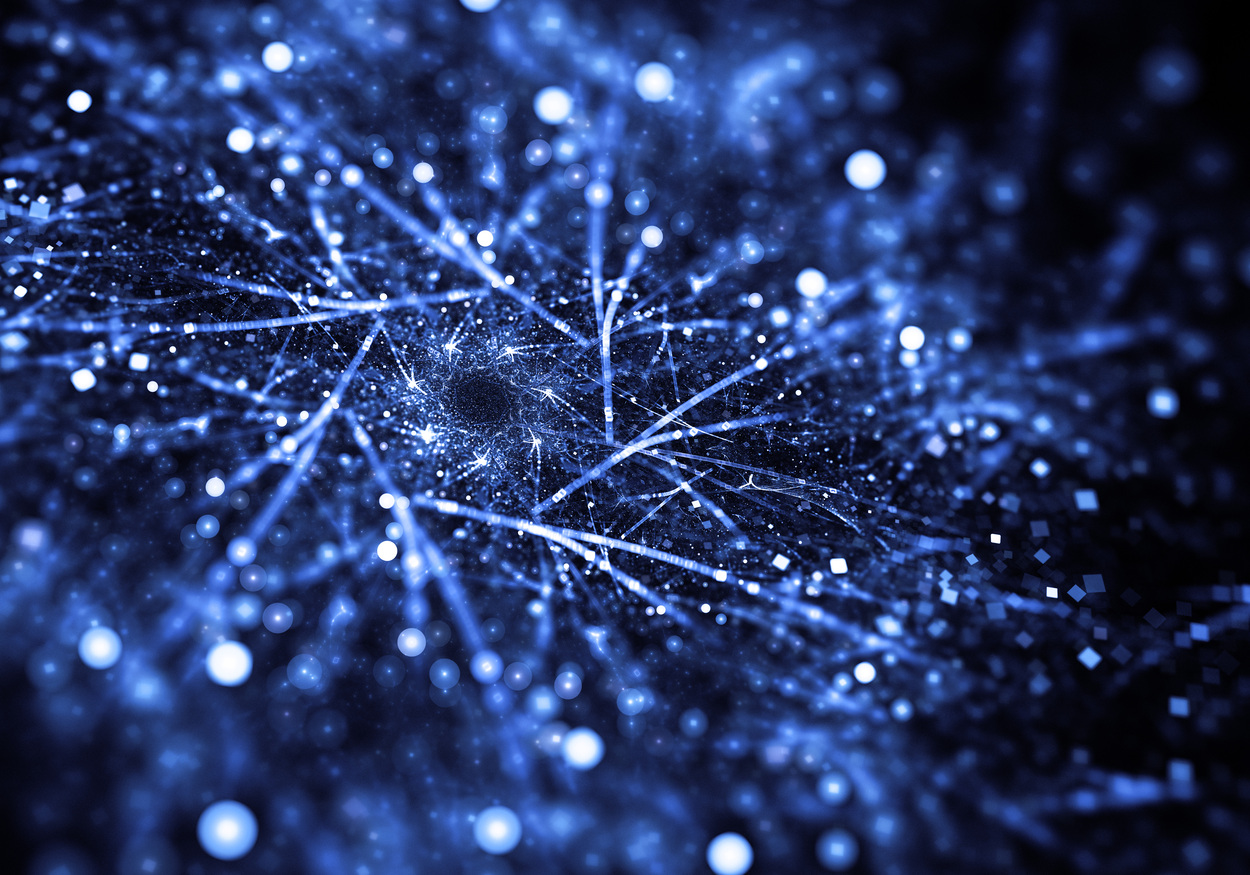Neural Networks for Power Optimization in Embedded Devices

As the demand for connected devices continues to grow, engineers face a critical challenge: optimizing energy consumption in embedded systems without sacrificing performance. Whether it’s a wearable health tracker, an industrial sensor node, or a smart home appliance, battery life and power efficiency are essential. According to a report by Grand View Research, the global embedded systems market is projected to reach $138.3 billion by 2027, with energy efficiency becoming a key differentiator.
Why Energy Efficiency Matters in Embedded Systems
Embedded devices often operate under strict power constraints. Many rely on batteries or energy harvesting, making low-power operation vital. Efficient energy management not only extends device lifespan but also reduces environmental impact and operational costs. In smart home deployments alone, energy savings of up to 30% have been reported through intelligent control systems, according to a study by the U.S. Department of Energy.
The Role of Neural Networks in Power Optimization
Neural networks, especially lightweight models designed for embedded environments, are revolutionizing power efficiency. Here’s how:
- Dynamic Power Management: AI models predict workload patterns and adjust system performance or power states (e.g., sleep or active modes) in real time. Companies using dynamic neural models have seen up to 20–40% reductions in overall power usage.
- Sensor Data Filtering: Neural networks process and filter sensor inputs locally, reducing the need for continuous cloud communication, which can consume significant power.
- Adaptive Duty Cycling: By learning user behavior or environmental patterns, neural networks optimize active/sleep cycles. For example, an edge AI-based irrigation sensor can cut energy usage by 35% compared to static scheduling.
- Anomaly Detection: AI models can detect faults or abnormal usage and trigger energy-saving actions or reconfigurations.
Use Cases Across Industries
| Industry | Application | Energy-Saving Benefit |
| Wearables | Health monitoring devices | Adaptive sampling and sleep states reduce power draw by up to 25% |
| Smart Home | Thermostats, appliances | Neural control avoids idle states, cutting consumption by 30% |
| Industrial IoT | Sensor networks | Local inference eliminates always-on cloud use, saving bandwidth and power |
| Automotive | In-vehicle infotainment | Predictive display dimming, audio standby saves up to 15% energy |
| Agriculture | Smart irrigation systems | AI-based scheduling lowers energy and water usage by 40% |
Market Adoption and Examples
- Google’s TensorFlow Lite for Microcontrollers (TFLite Micro) is already being deployed in production devices.
- Bosch uses neural networks in MEMS sensors for contextual awareness, improving battery life in wearables by 30%.
- STMicroelectronics reports that neural inference on their STM32 MCUs enables up to 50% savings in industrial sensor nodes.
Lightweight Neural Networks for Edge AI
To bring AI-based power optimization to embedded environments, developers use:
- TinyML: Designed to run inference on devices with as little as 32KB RAM.
- Pruned and Quantized Models: Techniques that shrink deep networks by 4–10x while maintaining accuracy.
- Hardware Accelerators: AI co-processors like NXP’s eIQ or Nordic’s nRF Edge Impulse accelerate inference with low power draw.
| Optimization Technique | Power Saving Potential | Deployment Complexity |
| TinyML | 20–50% | Low to Moderate |
| Quantization + Pruning | 30–70% | Moderate |
| AI Accelerators | 50–80% | High (depends on SoC) |
Challenges and Considerations
- Model Complexity vs. Power Saving: More complex models may yield better predictions but can consume more energy than they save.
- Training Data: High-quality data is needed to train models that accurately reflect real usage patterns.
- Hardware Limitations: Not all embedded platforms support AI workloads efficiently; this can be a barrier to entry for some projects.
Insights from the Industry
McKinsey reports that edge AI will power 70% of industrial IoT devices by 2026. Furthermore, a 2023 ARM survey revealed that 58% of developers prioritize energy optimization when implementing AI models in embedded systems.
A Reddit thread from r/embedded on energy-aware AI noted: “Running AI on-device isn’t just cool anymore — it’s becoming the only viable option for edge systems in remote deployments where every milliwatt counts.”

Best Practices for Implementing Neural Network-Based Power Optimization
- Choose the right model architecture: Start with shallow models or recurrent neural nets for time-series data.
- Use simulation data: To prototype models without risking hardware wear.
- Test under real-world conditions: Lab accuracy doesn’t always translate to field efficiency.
- Apply quantization early: Helps gauge performance impact before final integration.
- Integrate feedback loops: Use output data to retrain and optimize the model post-deployment.
- Work with proven toolkits: Such as Edge Impulse, TensorFlow Lite, or STM32Cube.AI for faster deployment.
Conclusion
Neural networks have proven to be an essential tool for energy optimization in embedded systems. As both hardware and software mature, AI will play a larger role in managing energy profiles dynamically — reducing waste and extending device longevity. With the global focus on green technologies and energy-efficient innovation, integrating neural networks into embedded designs is no longer a future trend — it’s a present imperative.
At Promwad, we help businesses apply these techniques by tailoring neural network solutions for energy-aware embedded design. From firmware development to hardware acceleration, we guide our clients through each step to build smarter, greener devices.







